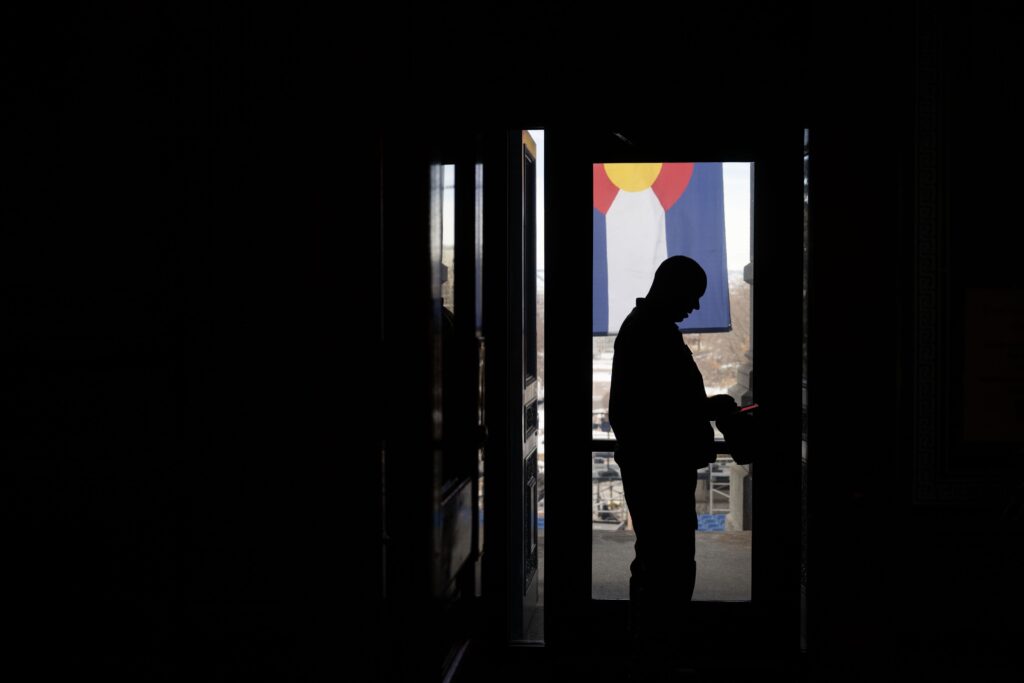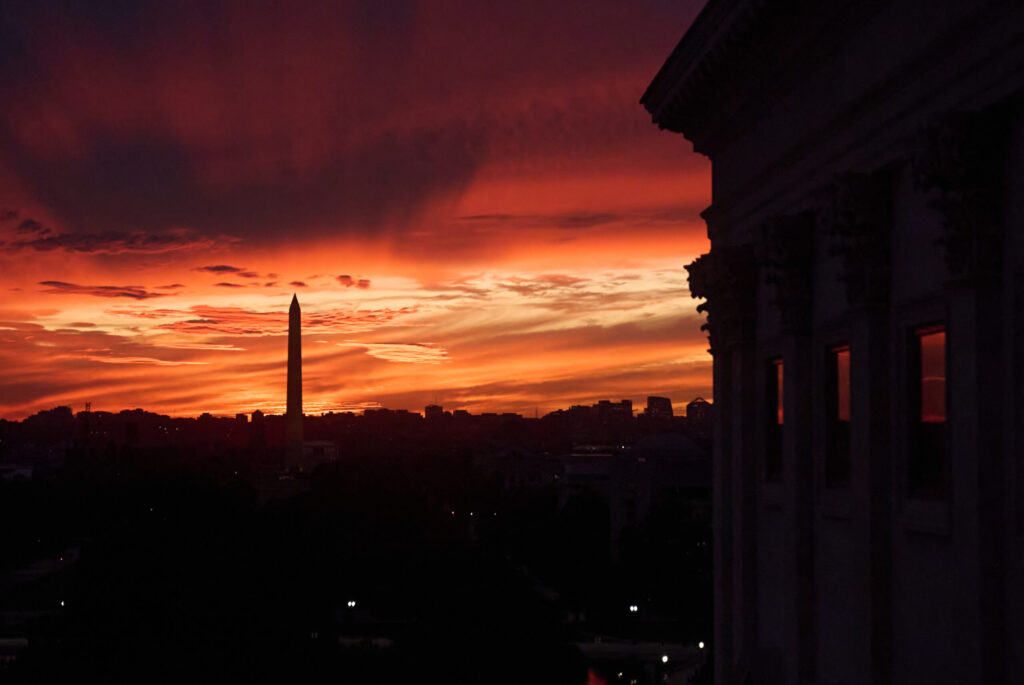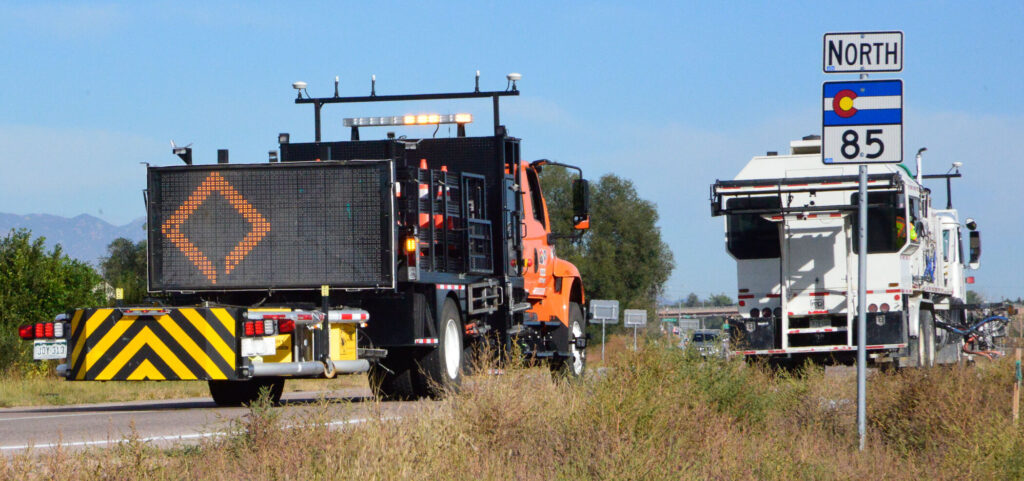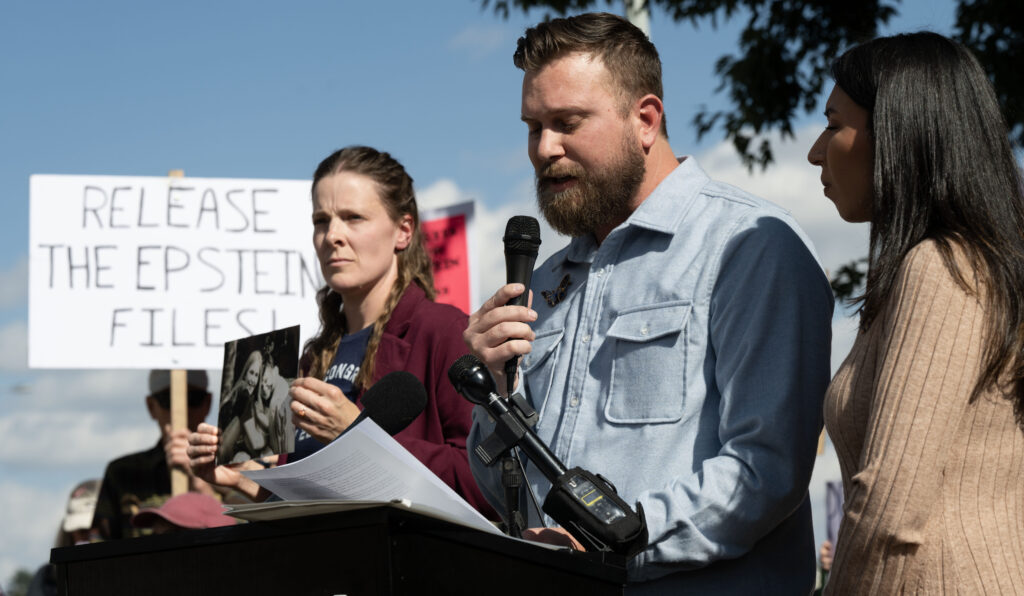Response to new details about Space Force’s model for part-timers: ‘It makes zero sense’

Courtesy of the Air Force Academy
Space Force and Air Force Reserve leaders announced new details at a town hall hosted earlier this month about the plan to integrate part-time guardians into the active-duty Space Force.
Current space-focused reservists can retire, apply for retraining through the Air Force Reserve, or apply for the Space Force, but they can’t stay in their current positions under a 2024 law. Most of those reservists nationally work for the 310th Space Wing headquartered at Schriever Space Force Base, a unit slated for inactivation.
The new model to integrate part-time positions into the active-duty force will not include traditional Reserve structures with monthly unit training assemblies and a dedicated mission, according to a news release. The release detailed the town hall at Peterson Space Force Base.
Space Force’s model will feature part-time assignments for life circumstances, but will not serve as a career path like the Reserve, the news release said. The part-time jobs will be episodic and include roles in test and evaluation, training support and education, and among headquarters staff.
“You’ll be able to select your preferences for positions — you’ll see the job description and location,” said U.S. Space Force Col. Matthew E. Holston, the Space Force’s Personnel Management Act Integration director. “Your minimum participation can be 36 days, but the expected work schedule will be set by the hiring authority, and it may be Monday through Friday work. You may find opportunity for weekend work, but the hiring authority will define what the schedule looks like.”
In May, the 310th Space Wing expected about 300 reservists to transfer into the active duty, and all were planning to take full-time positions.
The Space Force is expecting to have about 800 part-time positions, leaders announced during the town hall, with larger numbers of jobs in Space Operations Command and Space Training and Readiness Command, both in Colorado Springs.
The part-time positions will be reviewed annually and commanders will determine which positions are suited for a part-time guardian, the release said.
Guardians who wish to continue service at the end of their yearlong part-time assignment must reapply and compete for available positions, according to the release. Members of the 310th selected for transfer into the Space Force for part-time positions will be placed into assignments lasting up to three years before they will be required to reapply for another position.
“We recognize the current capacity that you are in,” Holston said, acknowledging the traditional Reserve model. “So, what we’ve done is put some caveats in there to allow for a slightly elongated opportunity, and potentially more opportunities to serve in a part-time work role. However, our long-term vision is not necessarily this career-long part-time work role.”
Katharine Kelley, deputy chief of Space Operations for Personnel, described the model in a recent Defense Scoop podcast, as a way to retain talent as guardians face life changes such as starting a family or caring for an aging parent. It will help avoid the problems associated with transferring into the Reserve or National Guard, she said, for example there will no gaps in pay.
It could also offer an opportunity for guardians to work in the private sector and bring that knowledge back into the Space Force, she said.
The proposed model has been unpopular among space-focused National Guard members who are expected to see their missions transfer into the active-duty Space Force.
A survey released in March showed few members of the National Guard are interested in following their missions, with only 8% of guardsmen saying they would be willing to transfer into the active duty. Nearly 80% said they would not transfer and the other respondents said they were undecided.
Retired Maj. Gen. Francis M. McGinn, who now leads the National Guard Association of the United States, said the model described in the release does not allow for the traditional surge capacity provided by traditional reserve models.
“This is not a part-time force you can mobilize,” he said. “It makes zero sense to us.”
After delays, hundreds of full-time Air Force reservists preparing to transfer to Space Force
Widefield School District announces Housing for Educators program













